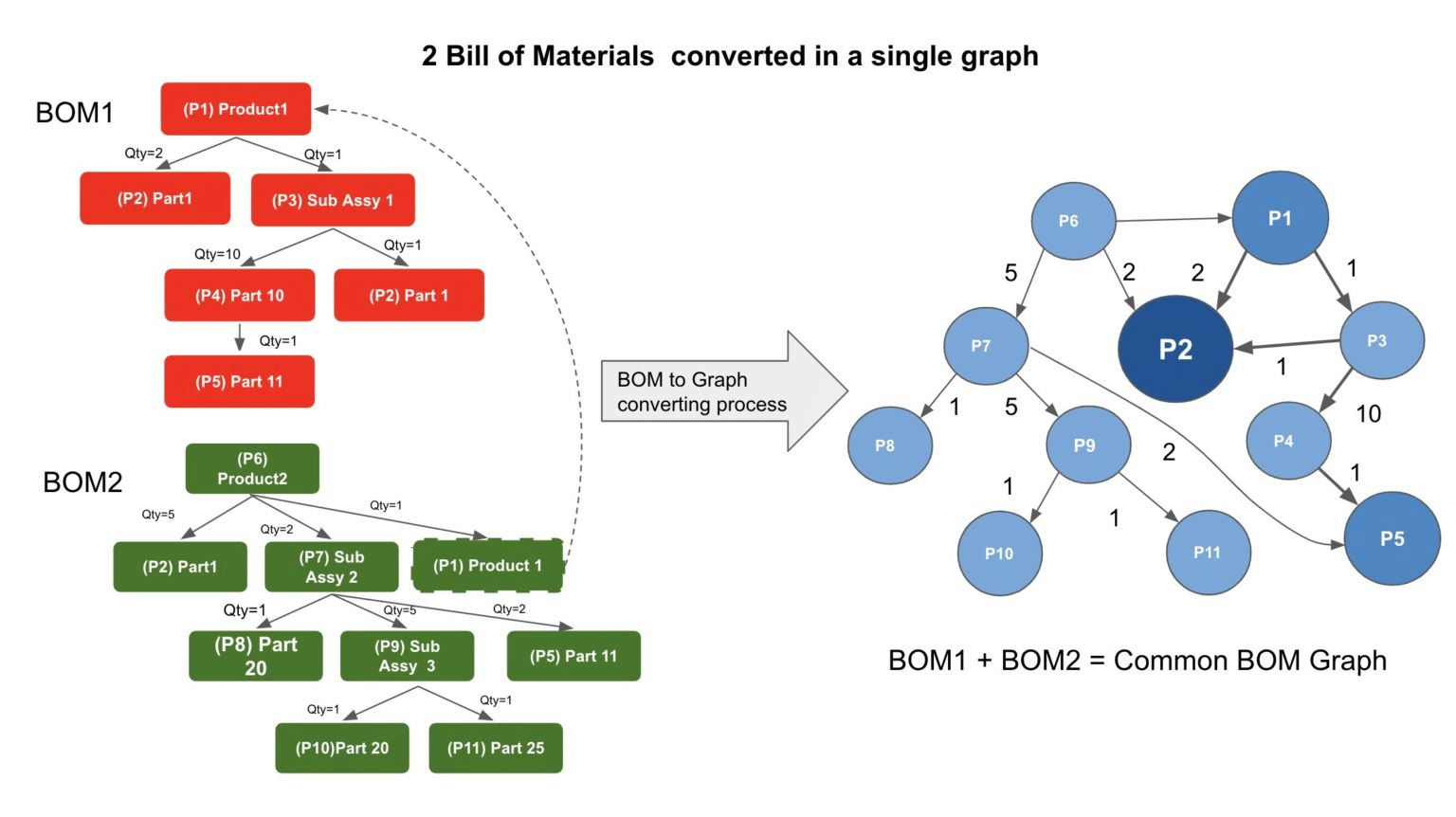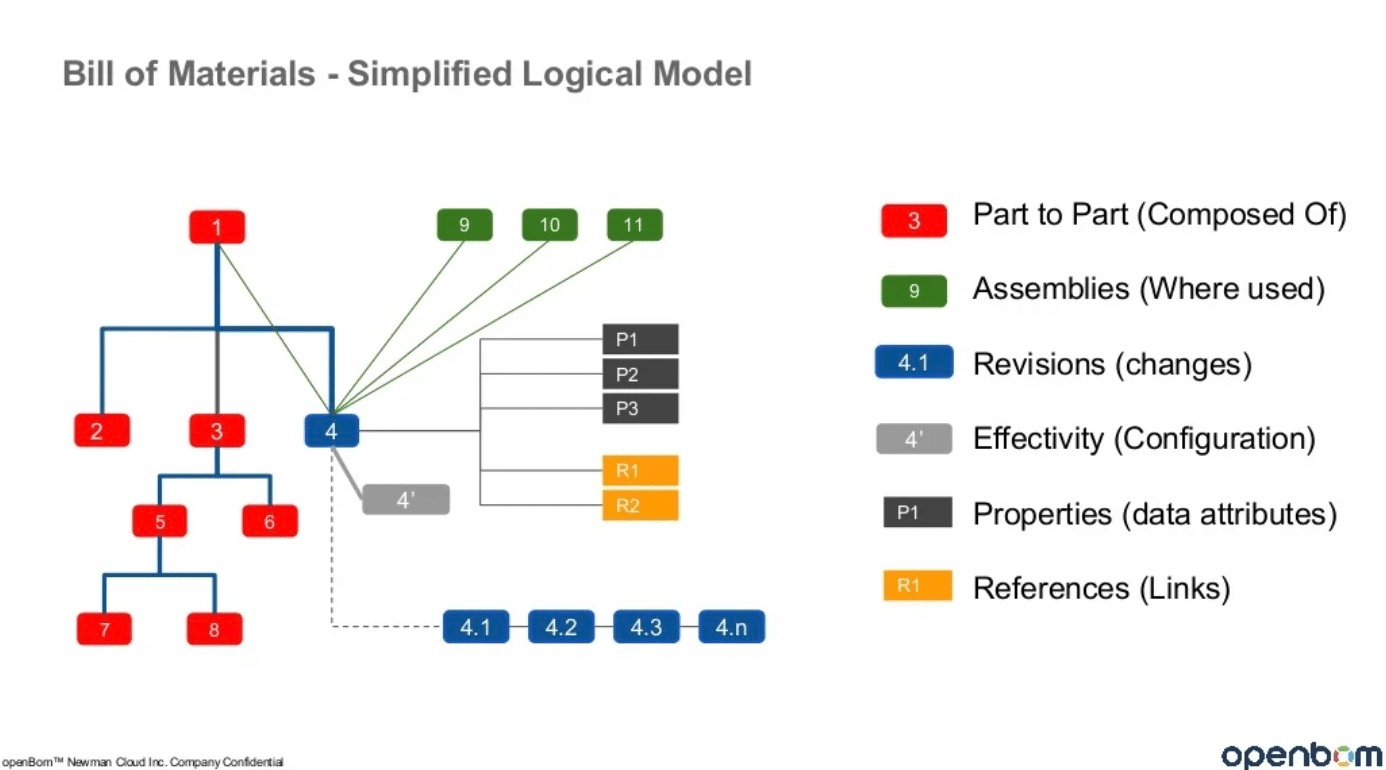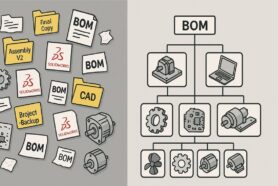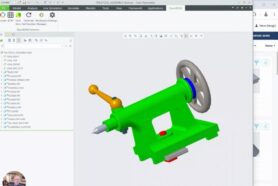
If you’re like most business professionals, you’re always looking for ways to streamline your data management process. But what if there was a better way? A more efficient way? A way that could help you get more value from your data? It turns out, there is. Graph databases offer a unique way of managing data that can provide huge benefits for businesses of all sizes. In this blog post, we’ll take a closer look at what graph databases are and why at OpenBOM we decided to make Graph Database a part of the OpenBOM data management foundation. We’ll also explore some of the key features that make graph databases so powerful and versatile. So read on to learn more!
Why Graph Database is Part of Your Data Management Toolbox?
Graph databases are on the rise. Forbes article Why Your Next Database Is A Graph gives you the top 3 reasons why you need to pay attention to graph databases: (1) Business people like graphs; (2) Graphs have proven to be super successful with network applications; (3) Graph aware applications are one of the fastest-growing groups of business apps. Here is an interesting passage:
According to a 2019 predictions statement from analyst house Gartner, “The application of graph processing and graph database management systems will grow at 100 percent annually through 2022 to continuously accelerate data preparation and enable more complex and adaptive data science. Graph data stores can efficiently model, explore and query data with complex interrelationships across data silos, but the need for specialized skills has limited their adoption to date.”
The article continues…
“Graph is a different way of looking at things. Organizations usually start by considering their software stack, developing and/or implementing the applications needed… and then they put the resulting data in a database that they can store for later. When you have a graph problem in mind, you have to start with the relationships and the data items you are storing… and then design the graph database accordingly. Organizations moving to graph-based intelligence need to look at the core commercial, operational and logistical questions they want to answer first — and then build a graph data model to optimize for the relationships in the business question they face.
Graph databases can be used for a variety of tasks. Where graphs and graph databases are really powerful is in developing solutions to manage relationships. Where graphs really shine is around relationship analysis – connections between people, between things, and between companies are where value can be created. Although not every problem is a graph problem, PLM applications and specifically BOM management has multiple applications to using a graph database, especially where data management solutions like SQL databases and others are really bad and inefficient. So, there are many opportunities to use data in smarter ways.
What Exactly is Graph Database?
A graph database is a data management system that focuses on relations between objects. Think about it as “something is related to something else”. This is a concept of graph relationships. What is extremely important is that engineering and manufacturing software and the world, in general, are full of relationships. BOMs, production processes, suppliers dependencies, order dependencies, effectivities and configurations, manufacturing networks, supply chain networks, and so on and so forth… There is no place in PLM software that doesn’t deal with relationships. The more relationships your solution need to manage, the more benefits from graphs and graph databases you will have.
In the set of articles about BOMs and Graphs, I described how a typical Bill of Materials can be converted into graphs. Check the series of articles about BOM and graphs here. The picture below can give you an idea of how to make the transformation.

OpenBOM usage of graph databases
At OpenBOM, the graph database (Neo4j) is part of polyglot persistence data architecture that provides an efficient semantic data layer to manage information. It is used to manage different types of relationships. Here are some examples. The picture below shows a simplified model of relationships in the Bill of Materials. This is a sample, but it will give you an idea of multiple relationships.

Graph database brings flexibility to relationships in the OpenBOM data model and plays a key element in microservice that manages the semantics of a product and its lifecycle. The logical graph model in OpenBOM is improved by introducing new types of relationships and provides a layer to manage flexible relationship types defined by end-users.
Future of Graph Data Science
Usage of graph databases opens a door to applications of Graph Data Science, which provides a way to combine connected data analytics and machine learning algorithms that help to understand the connections in big data to answer critical questions and improve predictions. It includes graph statistics, queries, visualization, graph analytics, and graph-enabled ML. It will open a big scope of new functions and capabilities in OpenBOM in the future.
Commercial applications of graph data science are new and data experts are still coming up to speed on how to best use graph data science in their organizations. When considering use cases, data experts and data scientists should keep in mind that graph data science helps answer big questions like what’s important, what’s unusual, and what’s next. Using this framing, it is easier to identify opportunities to use graph data science to improve models and make predictions.
Conclusion
PLM systems are transforming. Unlike legacy PLM applications, modern online platforms are focusing more on how to manage data and less on the applications. The latter has a shorter lifecycle compared to data. Because of that, there is a need for a more flexible and more robust data management foundation capable of scaling and at the same time supporting data semantics and being a source of analytics about the product data. At OpenBOM, the graph database plays a role in the analytical engine capable of managing flexible relationships between elements of the data and also apply graph analytics to glean intelligence from product lifecycle management.
REGISTER FOR FREE to check out how OpenBOM can help your team today.
Best, Oleg
Join our newsletter to receive a weekly portion of news, articles, and tips about OpenBOM and our community.










